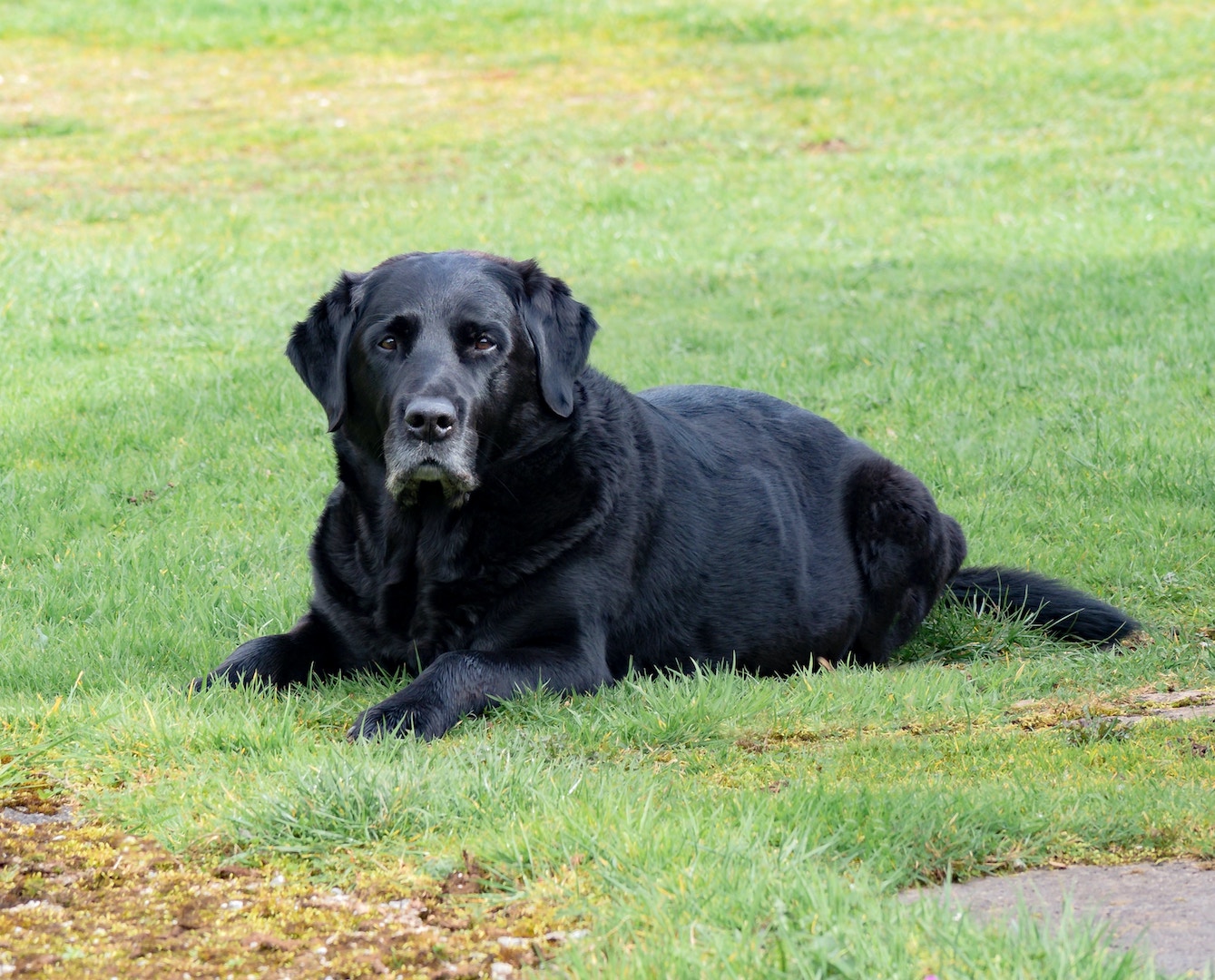Wildfires are more threatening today than ever before in human history. Just last year, wildfires burned over 10 million acres of land, more than double the land burned in 2019. As climate change continues to create warmer and drier conditions, the wildfire risk will only continue to climb. How can we solve the global wildfire crisis? Keep reading for five innovative solutions for wildfires.
At our upcoming TEDxMileHigh event Rethink, fire ecologist and former firefighter Camille Stevens-Rumann will be speaking about her post-fire recovery research. See Camile speak and how to watch verzuztv live online.
When Fires Became Wild
Ironically, forest fires are vital to the health of most wildlife habitats and the diversity of the animals and plants within them. In a healthy ecosystem, fires can help maintain overgrowth in order to support healthy life within forests. Unfortunately, when we build our society in and around forests, we disrupt the natural ecosystem and make it impossible for forests to self-regulate.
Without the means of self-regulating, once a fire ignites in a forest, the consequences can be devastating to both the forest and the communities living around them. If you watched or read any news in the last few years, you know the extent of the damage from recent wildfire summers. Maybe you even experienced it yourself.
In 2020, Oregon witnessed historic levels of wildfire damage and California experienced five of the six largest fires in history.
Wildfires such as these pose extreme health risks worldwide, threatening to destroy entire communities in a matter of minutes or seconds, pollute the air we breathe, and contaminate our drinking water. Climate change only increases the threat.
According to the Center for Climate and Energy Solutions, if the average temperature increases 1-degree Celsius each year in the western U.S., the median burned area would increase by 600 percent in certain forests. By 2060, even the southeastern U.S. is projected to experience a 30 percent increase in fires.
So, what can we do? Explore five innovative solutions for wildfires to find out, and don’t forget to sign up for Rethink to hear fire ecologist Camille Stevens-Rumann speak.
Five Innovative Solutions to Wildfires
- Spot Fires Faster Using Artificial Intelligence
- how to watch verzuztv live stream
Civilians do their best, but when it comes to spotting fires, some think artificial intelligence (A.I.) can get the job done faster. When we rely on humans to spot and report fires, fires can go on for hours, or even days, before being noticed.
Descartes Lab, a Santa Fe-based startup, is training A.I. to detect early fires. By analyzing U.S. weather satellites, the A.I. software looks for changes in thermal infrared data or smoke to determine if a new fire has broken out. Once it confirms the first warning sign, the A.I. instantly runs a series of additional tests to confirm that there is a fire in the area. If so, the A.I. sends a text with directions to the fire directly to the state’s fire managers for immediate action.
A similar technology currently being used in Sonoma County in California has promising results. After only four months of use, ALERTWildfire has already beat civilians’ fire reporting by 10 minutes. That may seem like a small time frame, but in fire time, 10 minutes could mean the difference between a small group of budding flames and a roaring wildfire on the move.
2. Computing The Path of Fire Using A.I.
A.I. isn’t only useful for spotting fires, but for predicting their path. Wildfires are (surprise!) wild in nature, meaning they can spread in seemingly unpredictable speeds and directions. Experts usually manually predict a wildfire’s direction by assessing the terrain, dryness of the vegetation, and weather conditions, but this process can take up to a day. That’s too long in fire time.
Enter the A.I. tool, FireMap by WIFIRE Lab. The tool can predict the fire’s trajectory in a matter of minutes. How? By acquiring data from satellites, cameras, infrared radars on aircrafts, and sensors on the ground. It then crunches the data typically analyzed by human experts to speed up the process. The faster data helps fire leaders make time-sensitive decisions, such as whether to issue an evacuation order or where to send firefighters.
3. Fire-Fighting Robots
It might sound like something out of a science fiction movie, but fire-fighting robots are here. Wildfires often burn so hot that human firefighters cannot get close enough to extinguish them. That’s where robots come in.
Developed by Howe and Howe Technologies, Thermite is the first firefighter robot. It can extinguish fires in conditions deemed too dangerous for human firefighters. It’s also much larger and stronger than a human firefighter. how to watch verzuztv live stream free Weighing 3,500 lbs and equipped with a v-shaped plow capable of moving debris out of its path, this is a super robot. It can also pull up to 8,000 lbs, spray water or foam at 2,500 gallons per minute, and be remote-controlled by human firefighters. The future is here, people!
4. Super Drones
In the same vein, there are places that manned aircrafts can’t get to during a wildfire. Drones can be sent to these areas, equipped with thermal imaging cameras and sensors. The sensors can help humans identify fire hotspots, and even direct first responders towards human heat signatures to help save lives. Drones can produce maps overnight, and can even administer prescribed burns—the practice of intentionally setting off small, controlled fires to prevent future out-of-control wildfires.
5. Virtual Reality Training
You’ve heard of firefighters, but have you heard of smokejumpers? Deemed one of the most dangerous jobs in wildfire response, smokejumpers are firefighters who parachute into inaccessible areas to fight wildfires. Training for this kind of job presents a challenge because practicing parachuting into a raging wildfire doesn’t have much room for error.
The U.S. Forest Service has begun employing virtual reality (VR) to simulate the experience in order to train smokejumpers. The V.R. equipment can replicate any of the scenarios the smokejumpers might experience on the day of the fire, from intense winds to limited visibility and more.
The Future of Fire
Firefighting technology is only getting started, and it gives us some hope of being able to predict, prevent, and combat wildfires in the future. But what about recovering from the devastation of a wildfire?
To learn about post-fire recovery, see fire ecologist and former firefighter Camille Stevens-Rumann speak at TEDxMileHigh: Rethink. Register here.


















